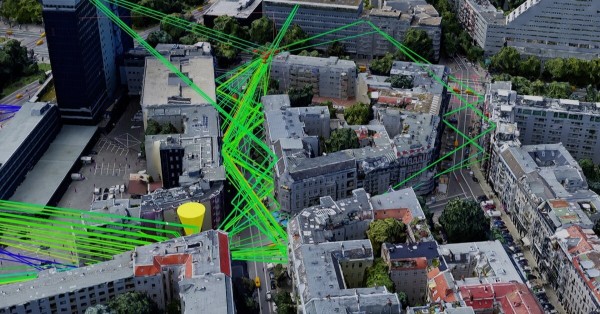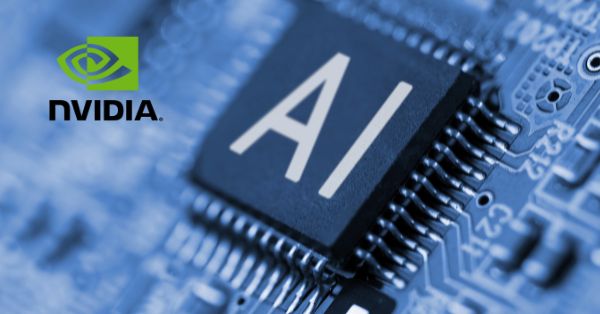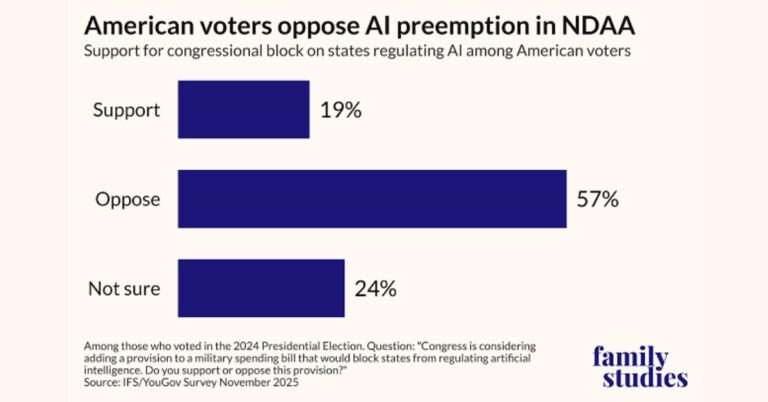Industry Giants Partner to Build AI-Powered 6G Networks
NVIDIA has joined forces with major telecom and technology players, including T-Mobile, MITRE, Cisco, ODC, and Booz Allen Hamilton, to develop AI-native wireless networks for 6G. Announced at NVIDIA’s GTC event, this initiative focuses on integrating AI at the core of next-generation network hardware, software, and architecture.
The future of wireless connectivity relies on AI to optimize network performance, improve spectral efficiency, and support billions of connected devices. AI-driven 6G networks will enable seamless communication for smartphones, sensors, autonomous vehicles, and industrial IoT applications.
AI and 6G: A Foundation for Future Connectivity
AI-native wireless networks will drive greater efficiency and unlock new revenue opportunities for telecom operators. By embedding AI into 6G from the start, network providers can enhance service quality, optimize spectrum usage, and automate operations.
“NVIDIA is collaborating with industry leaders to ensure AI is deeply integrated into the foundation of next-generation wireless networks,” said Jensen Huang, CEO of NVIDIA. “With AI-driven architectures, we can achieve extreme spectral efficiency and deliver superior network performance.”
Open Ecosystems and AI-Driven Innovation
To accelerate innovation, NVIDIA is working with telecom and research organizations to develop an AI-native wireless network stack. This initiative is based on the NVIDIA AI Aerial platform, which provides a software-defined radio access network (RAN) on NVIDIA’s accelerated computing infrastructure.
A key component of this effort is AI-RAN, a technology that merges AI and RAN workloads on a single platform. AI-RAN enhances spectral efficiency, reduces operational costs, and simplifies network management by integrating AI into radio signal processing.
As part of this initiative, T-Mobile and NVIDIA are expanding their AI-RAN Innovation Center collaboration, launched last year. This partnership will further research AI-driven capabilities for 6G networks, working alongside new industry partners.
“This collaboration marks an exciting step in our AI-RAN Innovation Center’s journey,” said Mike Sievert, CEO of T-Mobile. “Integrating AI into wireless networks will help us deliver the performance, scale, and efficiency that businesses and consumers expect from 6G.”
MITRE’s Role in AI-Native 6G Research
As the founding research partner, MITRE will contribute to AI-native 6G research, developing prototypes and AI-driven applications for security, spectrum management, and advanced sensing.
“By embedding AI into 6G from the outset, we can optimize service delivery and spectrum availability,” said Mark Peters, CEO of MITRE. “Our partnership with NVIDIA will drive significant advancements in AI, 6G, simulation, and connected technologies.”
Cisco’s Leadership in AI-Powered Network Infrastructure
Cisco is taking a leading role in this initiative, providing mobile core and network technologies. The company will leverage its expertise in secure infrastructure for AI to enhance network reliability and performance.
“With 6G on the horizon, collaboration is key to building AI-native networks,” said Chuck Robbins, CEO of Cisco. “Cisco is committed to developing secure AI-enhanced infrastructure that delivers exceptional performance and reliability.”
ODC Advances AI-Native Open RAN for 6G
ODC, a portfolio company of Cerberus Capital Management, will contribute layer 2 and layer 3 software for virtual RAN deployments. The company is pioneering AI-native Open RAN (ORAN) 2.0, enabling a smooth transition from 5G to 6G.
“AI is at the heart of next-generation wireless networks,” said Shaygan Kheradpir, Chairman of ODC’s advisory board. “We are developing AI-native ORAN solutions that redefine connectivity and create a seamless evolution from 5G to 6G.”
Booz Allen Strengthens AI and Security for 6G Networks
Booz Allen Hamilton, a leader in AI and cybersecurity, will develop AI-RAN algorithms and secure the AI-native 6G wireless platform. Its NextG lab will conduct performance, security, and resiliency testing to defend against cyber threats.
“The future of wireless is AI-driven,” said Horacio Rozanski, CEO of Booz Allen Hamilton. “We are committed to building secure AI-native 6G networks that support intelligent platforms and next-generation applications.”
NVIDIA Expands AI Aerial Research Portfolio
These collaborations build on NVIDIA’s AI-RAN and 6G research ecosystem, supported by the NVIDIA Aerial Research portfolio. Key advancements include:
- Aerial Omniverse Digital Twin Service for AI-driven network simulation.
- Aerial Commercial Test Bed on NVIDIA MGX™ to validate AI-native wireless innovations.
- NVIDIA Sionna™ 1.0, an open-source library with over 150,000 downloads for AI-driven wireless research.
- Sionna Research Kit on NVIDIA Jetson™ for AI-native 6G network development.
The NVIDIA 6G Developer Program now serves over 2,000 members, including 150+ research institutions worldwide, fostering the development of AI-native wireless technologies.
Shaping the Future of AI-Native Wireless Networks
The integration of AI into 6G wireless networks represents a transformative shift in telecommunications. By collaborating with industry leaders, NVIDIA is driving the development of AI-powered network architectures that enhance efficiency, security, and connectivity.
For more insights, watch the NVIDIA GTC telecom special address and explore sessions from NVIDIA and its partners through March 21.







































